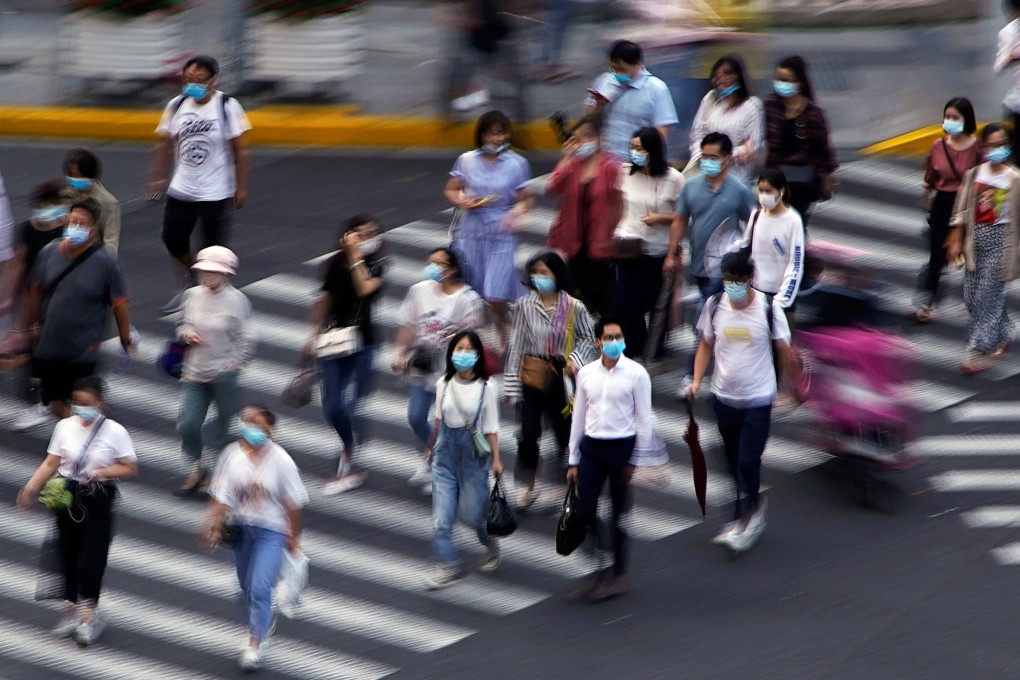Advertisement
China GDP: 2022 economic growth target is within reach, ‘but it will come at a cost’
- Variety of options in Beijing’s fiscal policy toolkit are expected to help insulate it from the impact of a protracted war in Ukraine, but analysts flag risks of overreaching
- Some economists are already revising GDP forecasts for China based on geopolitical tensions, and further adjustments may come
Reading Time:5 minutes
Why you can trust SCMP
9

Beijing is expected to make an all-out effort to achieve its economic growth target of “around 5.5 per cent” this year as it contends with a raft of hurdles and potential impediments to that goal.
Disturbances stemming from a protracted Russia-Ukraine war, lingering tensions with Washington and its allies, and the US Federal Reserve’s expected interest rate hike this month are fuelling debate among analysts over how the world’s second-largest economy will go about trying to achieve its target.
“The target can certainly be achieved if Beijing insists, but it will come at a cost,” warned Larry Hu, chief China economist at Macquarie Capital.
Advertisement
“It may force the rise of [China’s] macro leverage ratio,” he said, referring to the measurement of an economy’s overall indebtedness.
But for now, he said, Beijing should wait and see if existing measures prove adequate to offset external challenges.
Advertisement
“The scale of stimulus will depend on if exports remain OK and whether domestic consumption recovers,” he added.
Advertisement
Select Voice
Choose your listening speed
Get through articles 2x faster
1.25x
250 WPM
Slow
Average
Fast
1.25x
